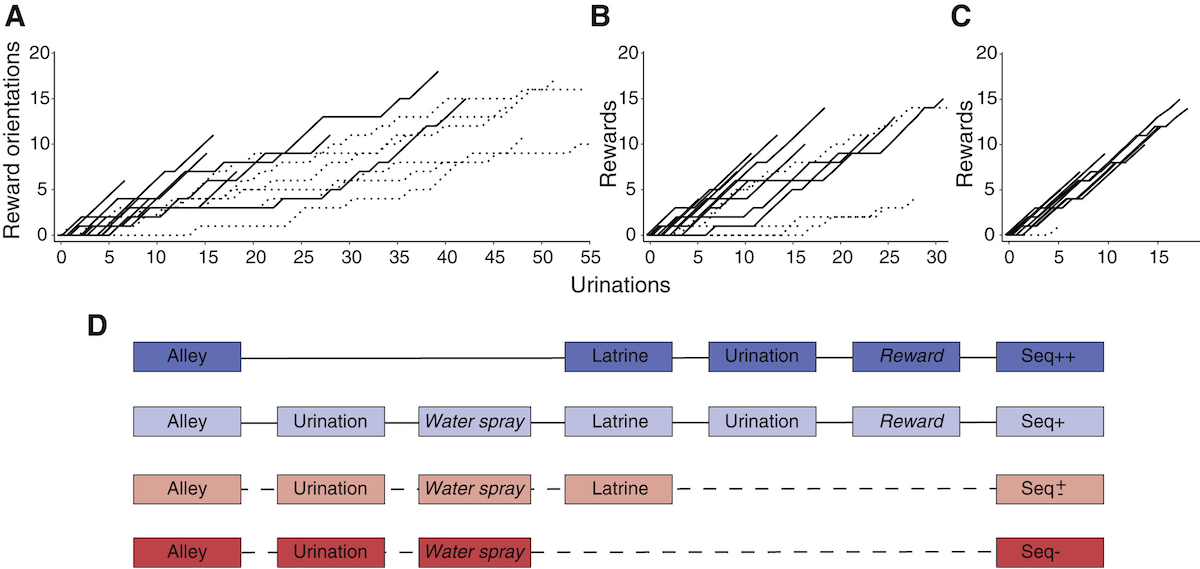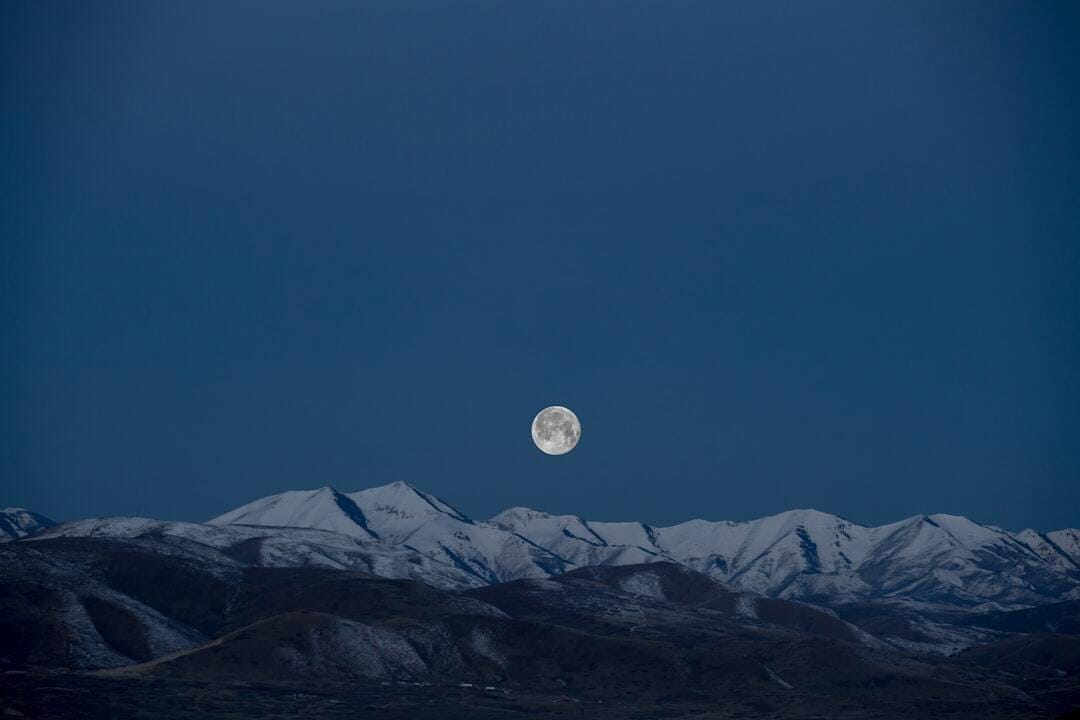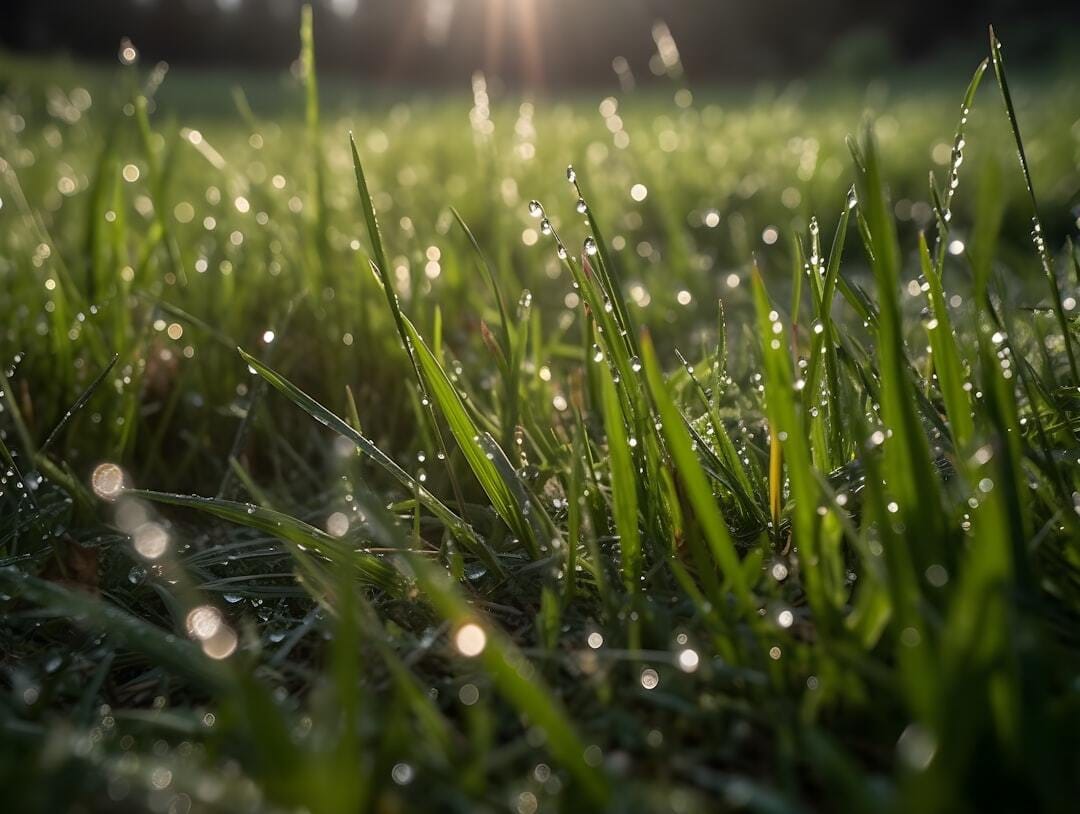- Science, Please
- Posts
- Dog TV, drinking Saturn's rings, and the discipline of cows
Dog TV, drinking Saturn's rings, and the discipline of cows
Plus checking in with Neil and Buzz on the surface of the Moon
Hello, friends!
Make room for space this week. Yesterday marked 56 years since the first Moon landing and I’ve been in a delightfully moony place.
It will never not be amazing to me that the Moon landing actually happened, and I’ll always be sore about the fact that I was born too late to experience the actual moment. However, I’ve lined up a few things in this edition that might bring you closer to it:
An extract from a piece published straight after the landing, A Mote upon Two Seeds, that urges the reader to give into awe (even if it feels a bit uncool).
A link to NASA software engineer Ben Feist’s Apollo in Real Time project, which lets the viewer experience the Moon landing mission, minute by minute.
Also coming up:
🐶 what dogs like to watch on TV
😌 why we love that after-rain smell
🚻 how to potty train a cow
Let’s go!
read all about it
What dogs like to watch on TV depends on their personality: “Most dog owners indicated their pet responds to animal content, be it audio or video alone. Fewer people said that their dogs regularly reacted to non-animal content – cementing the idea that media representation matters, even for pets.” (Popular Science)
Sperm race towards the egg, and winner takes all? Nope. The egg makes its choice: “Egg[s] chemically grab onto sperm, test it, and then reject or admit its DNA… The sperm, wiggling back and forth, can’t break even a single chemical bond, but the egg can.” (Live Science)
Can you drink Saturn’s rings? It depends: “You’d better run a magnet over your ring water before you drink it – and you should probably filter out any silicate sediments while you’re at it,” astronomer Phil Plait advises. (Scientific American)
🎞️ Watch Apollo 11 as it happened 56 years ago: At time of writing, Neil and Buzz have just woken up from their sleep on the Moon’s surface, having made those first historic steps last night. They’ll blast off about an hour after this newsletter goes out. (Apollo in Real Time)
that time when…
…we made room for awe (26 July 1969)
In the edition of Science News immediately following the first Moon landing, space reporter and folk musician Jonathan Eberhart (1942-2003) writes:
“To really know what man has wrought, you must disencumber your mind. Be a caveman, with no more thought of space travel than of splitting the atom, and try to feel the aching human distance between earth and moon. It is far greater than the usually given 240,000 miles.
“Be an early Egyptian, the moon no more attainable than Ra or Isis.
“Then imagine earth, a microscopic seed in the universe, and man, a tiny mote upon the seed. How presumptuous to reach across time and space from one seed to another.
“Try, briefly, to ignore the flashy rockets and the heroic astronauts. Try to feel the smallness of man and the vastness of what he is doing.
“After two million years, man has stepped out of his world onto another. And, by incredible fortune, we are alive at the instant he did it.”
what’s happening this week?
Your agenda for Monday 21 July – Sunday 27 July.
All times are BST, and all sky views are from London.
look around you
🔭 in a sky near you: It’s another very early morning show for you this week. If you’re up at about half 4 on Wednesday, look east to spot Jupiter a few finger-widths south of an almost new Moon, with Venus hanging higher in the sky a little further to the east.
👀 closer to Earth: After a good rain, ponder that yummy, earthy scent that lingers: petrichor. But exactly is it we’re smelling? It’s a bacteria-produced molecule called geosmin, which is released when raindrops hit the ground.
We’re incredibly sensitive to its scent – it’s still detectable to human noses when diluted to 5 parts per trillion, equivalent to a teaspoon’s worth in 200 Olympic swimming pools. We’re not exactly sure why, though scientists think it might be something to do with how useful it is to find a source of water.
online talks and events
Just one this week:
Gossip and geography: new pathways to knowledge, with Dr Kathryn Waddington, hybrid event by Bath Royal Literary and Scientific Institution, Tuesday 22 July, 19.30, £6
we finally know…
…how long it takes to potty train a cow.

“Remarkably, the calves show a level of performance comparable to that of children and superior to that of very young children.” Cumulative learning curves for calves undergoing (A) in-latrine training, (B) toileting training and (C) toileting + training (see explanation below). Dirksen, N. et al. Current Biology, Volume 31, Issue 17, R1033 - R1034 © 2021 The Author(s). Published by Elsevier Inc.
What do these curves mean?
In the first step, A: in-latrine training, calves were confined to a distinctive area (the latrine, or “MooLoo”), where they were rewarded for weeing.
The next step, B: toileting training, happens after the latrine is established as urination area. Calves were rewarded for entering the latrine to urinate. Calves that weed outside the latrine are sprayed with water.
In the final stage, C: toileting + training, the lead up to the latrine is lengthened for those calves that learnt how to use it, to test how well they could hold it.
In all, it took 15 days to potty train the calves.
Why are we doing this? Urine contains nitrogen, which becomes a pollutant – ammonia – when mixed with dung. Potty training cattle could make it easier to manage waste products and reduce agricultural greenhouse gas emissions.
Source: Learned control of urinary reflexes in cattle to help reduce greenhouse gas emissions, Dirksen, N. et al. Current Biology, Volume 31, Issue 17, R1033 - R1034
we need answers
Last week I asked:
Question: A 1969 song soundtracked the first ever music video shot in space. What is the second word in its title?
Original [Times crossword] clue: Sounds like a curious song (6)
The answer is… Oddity. Back in 2013, astronaut Chris Hadfield shot the video during some downtime while he was aboard the International Space Station.
He talks us through the making of the video in this clip by Ars Technica, noting the difficulty of playing guitar in microgravity, and Bowie’s review of the cover: “The most poignant version of the song ever done.”
until next week…
Under what system does mathematics = DX, logic = CLX, and medicine = DCX?
Answer comes next week. See you then! x

